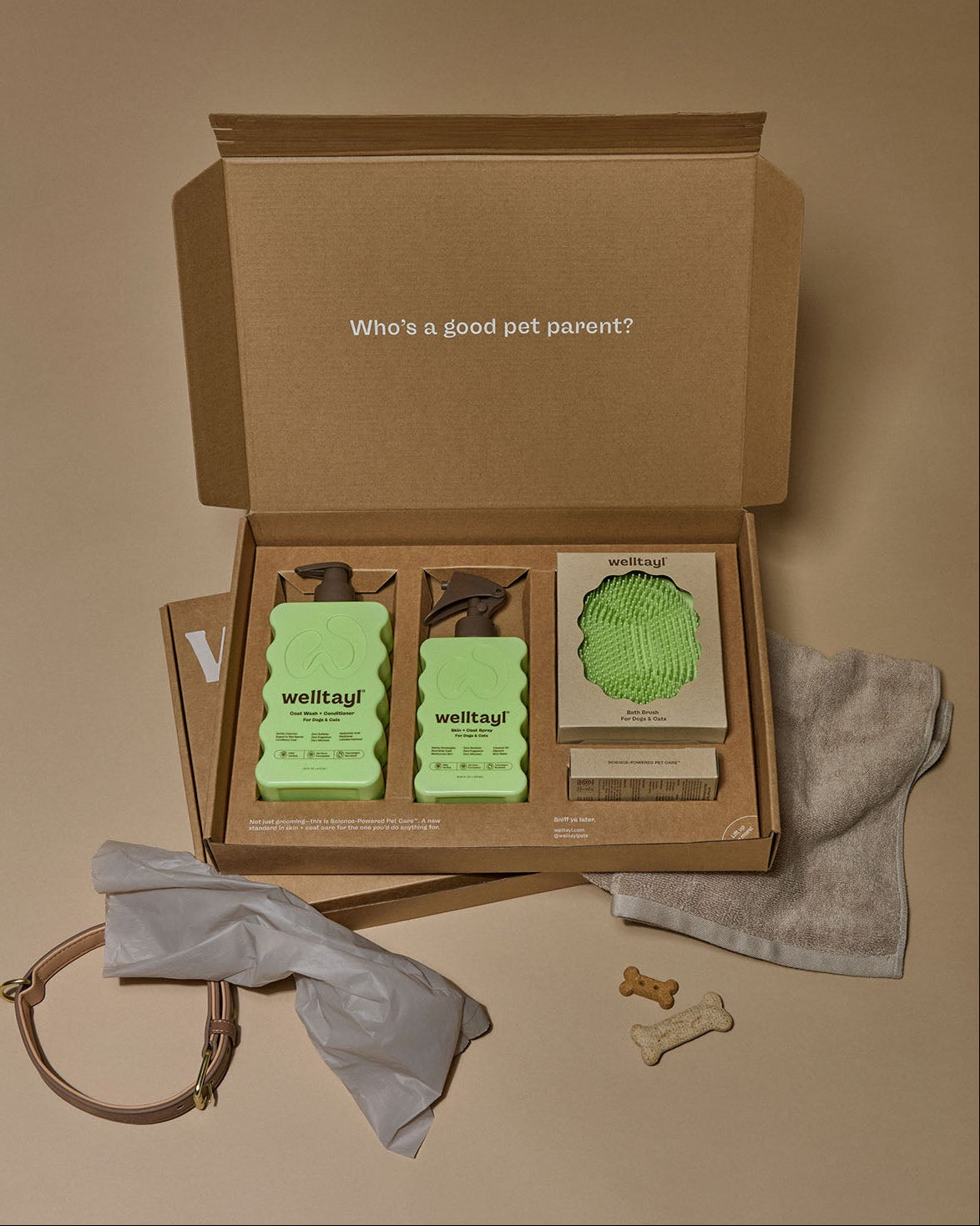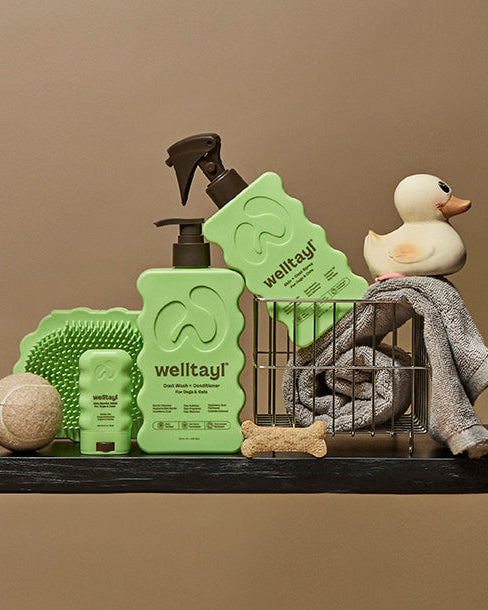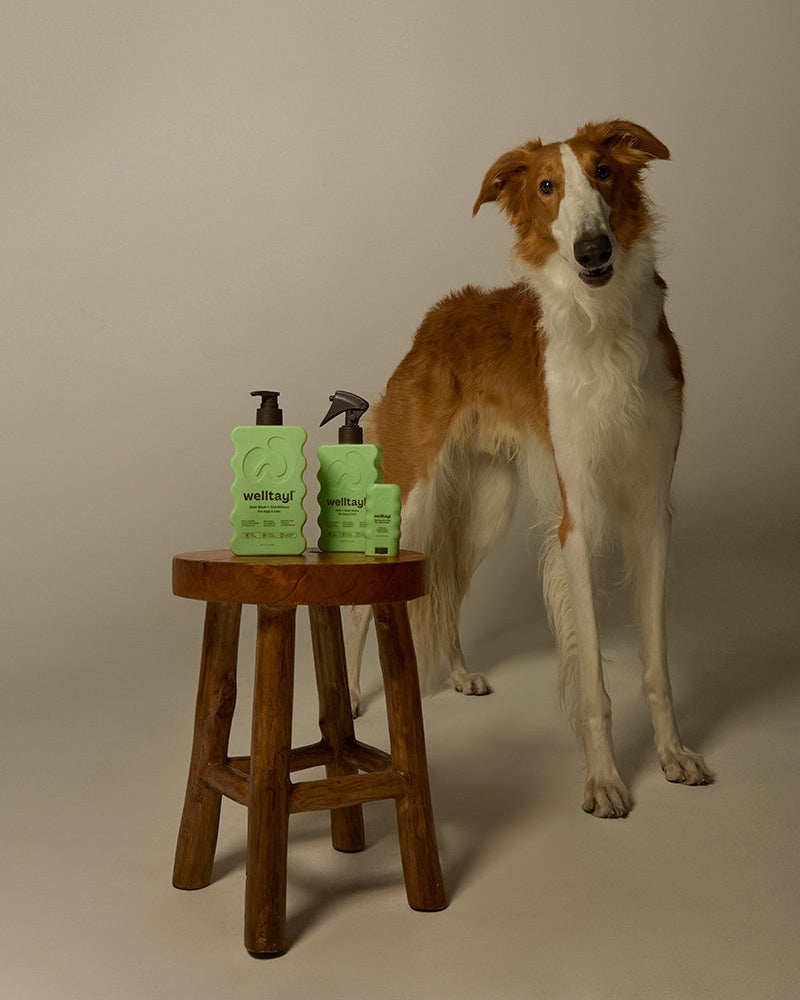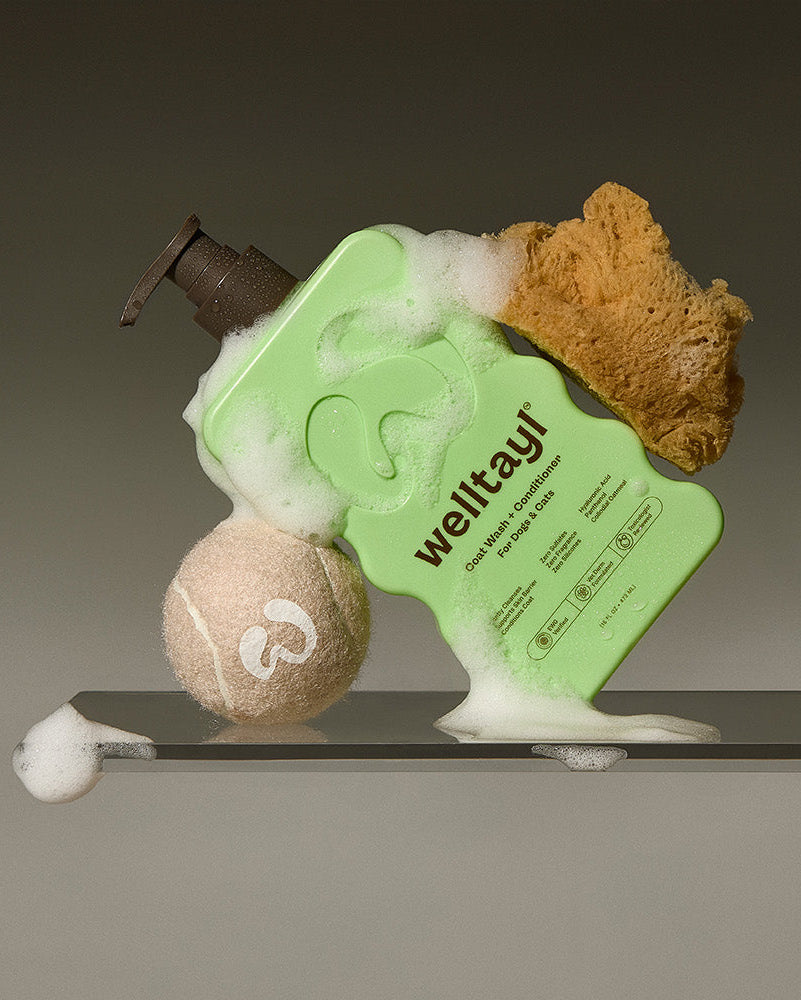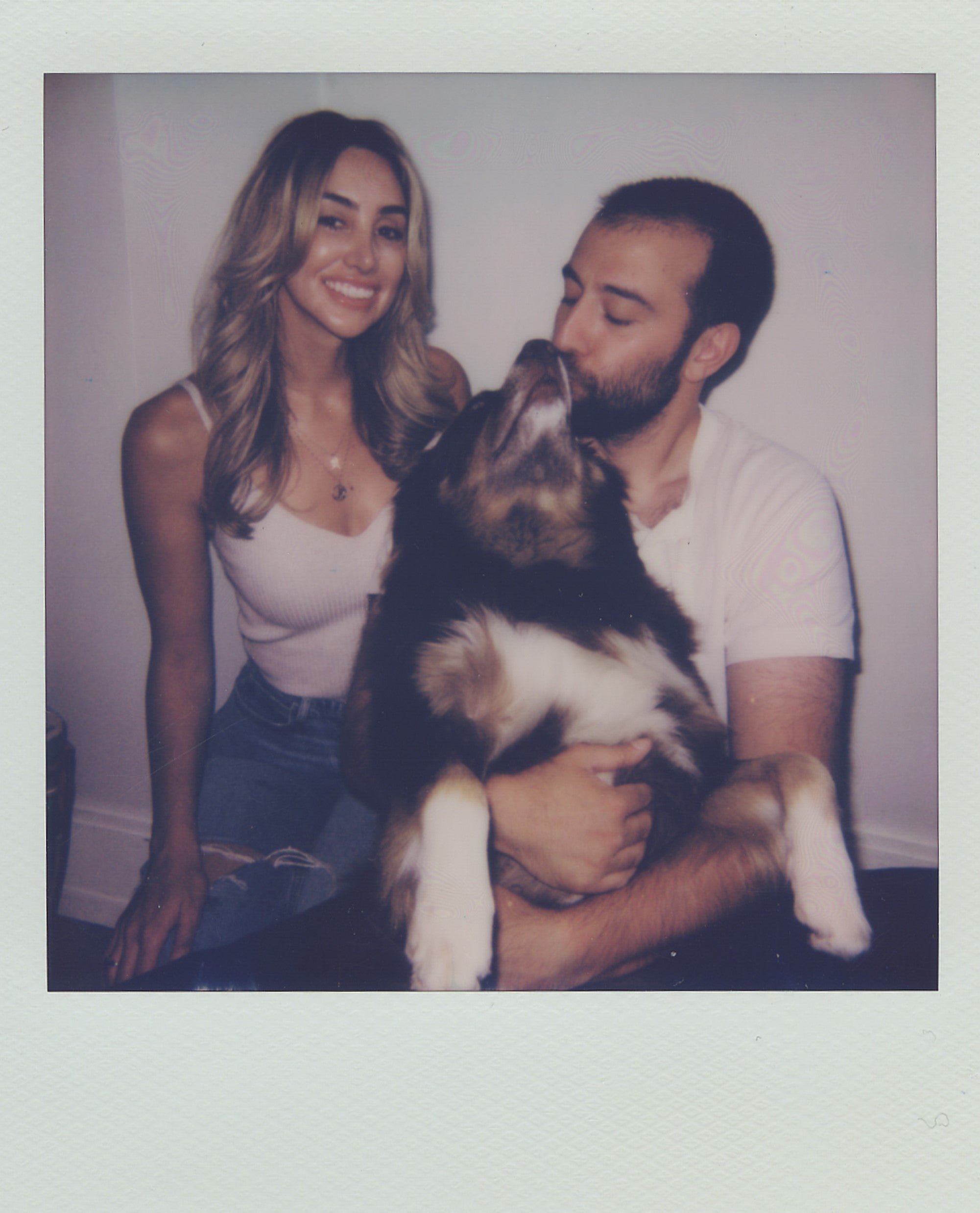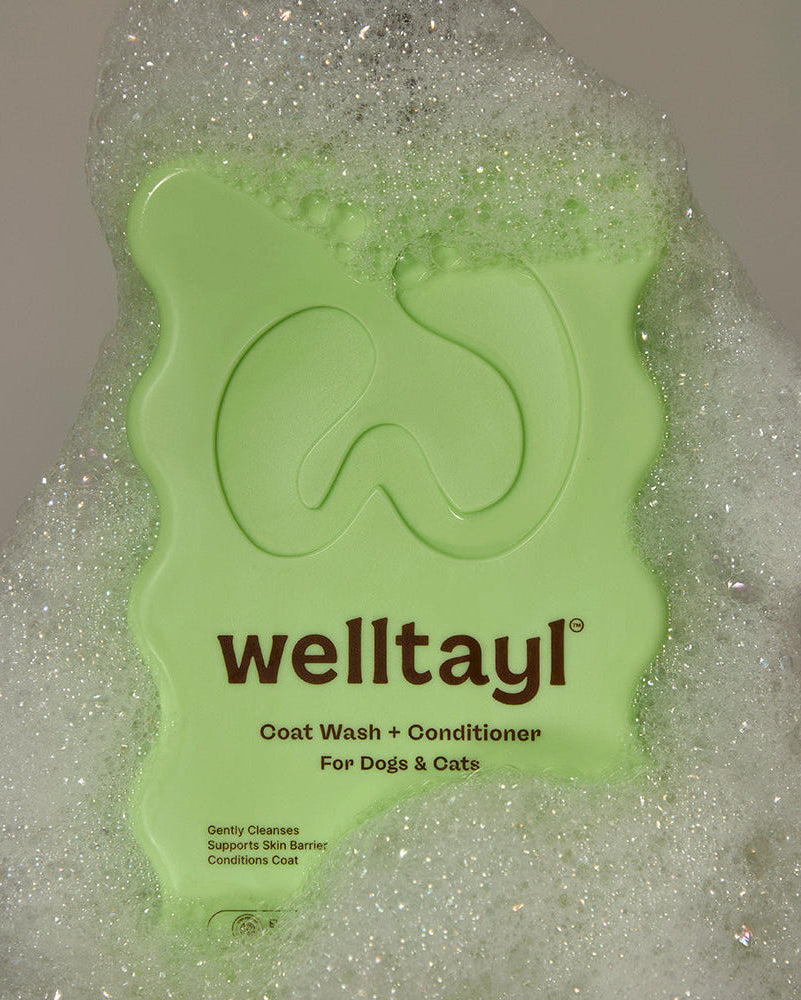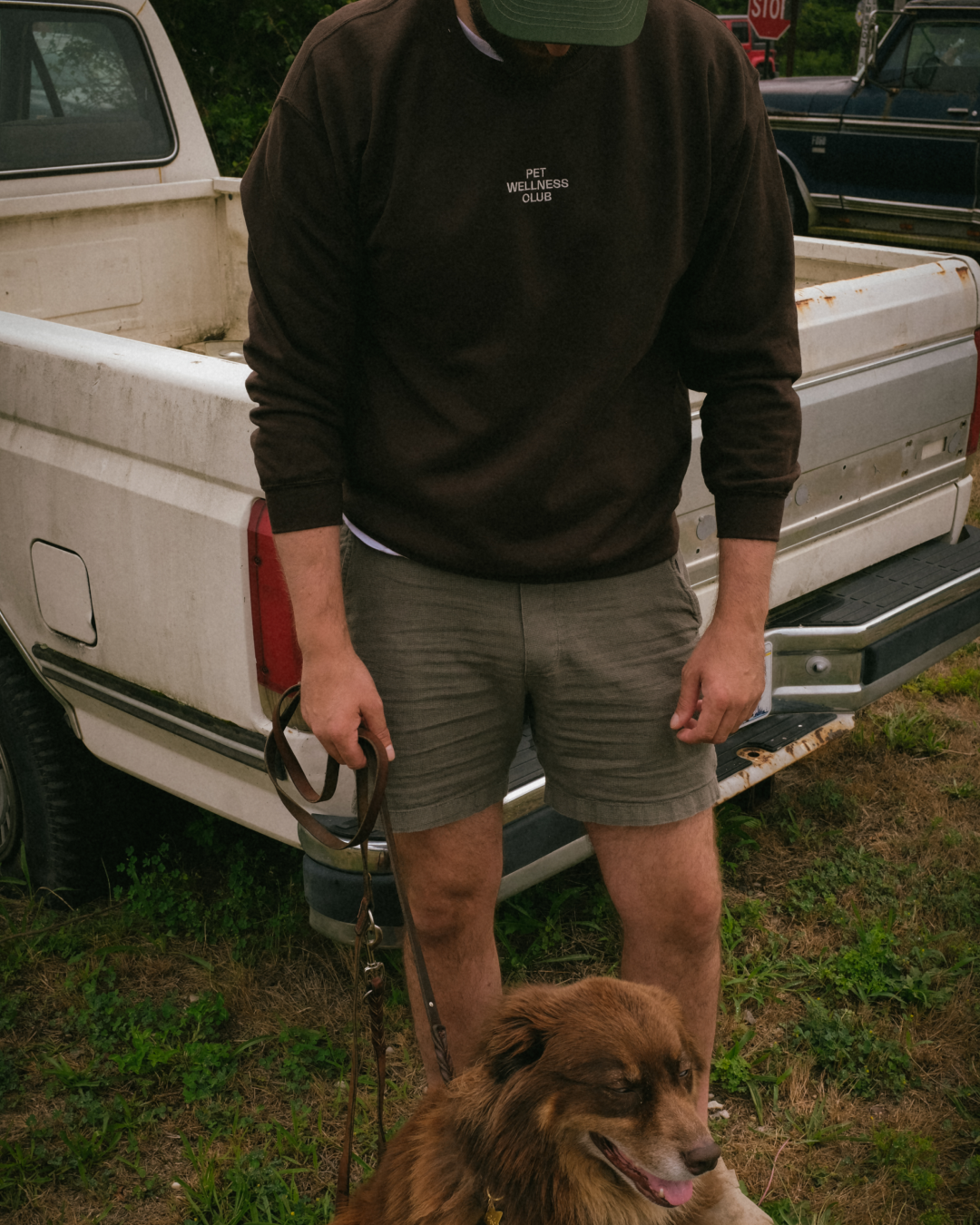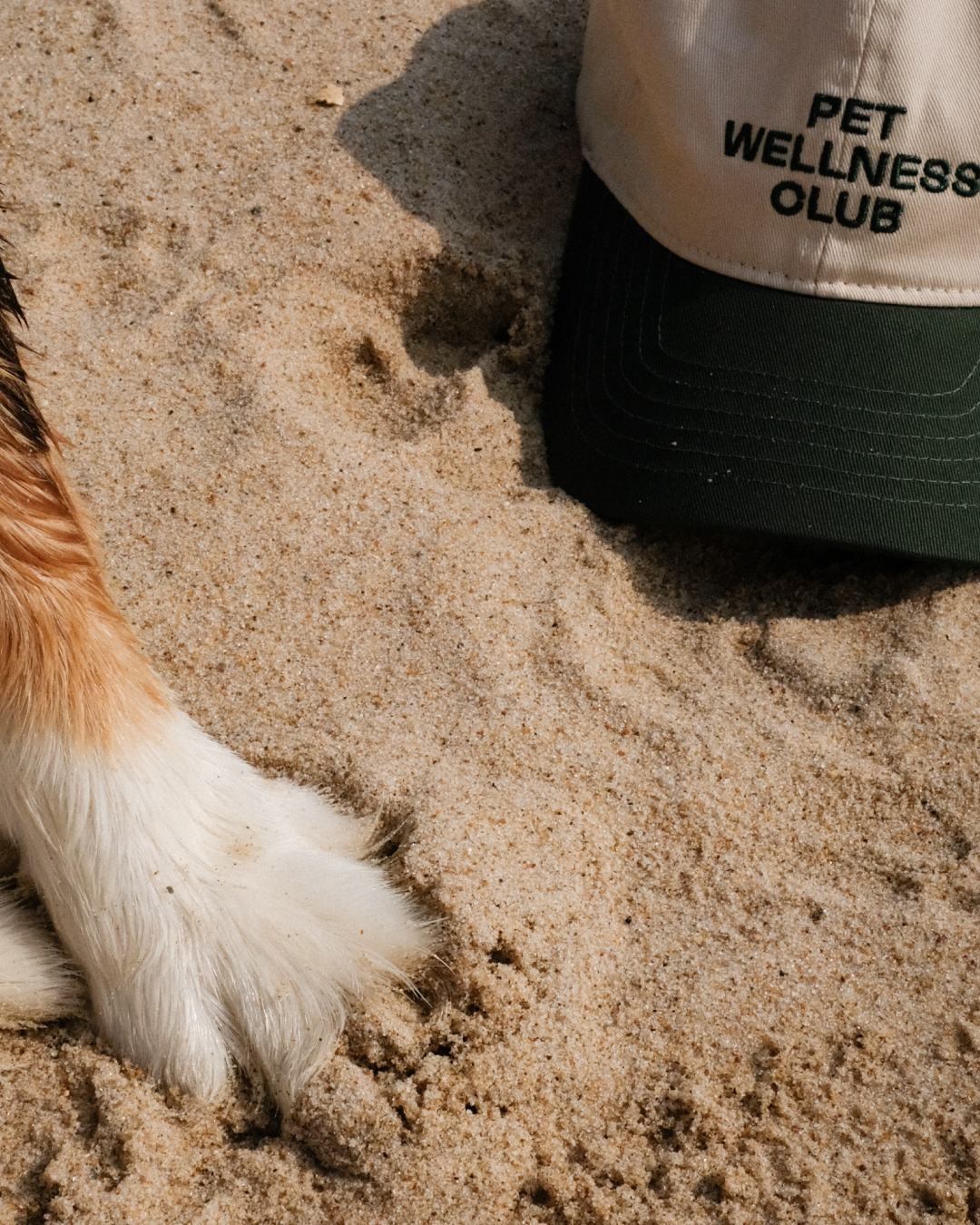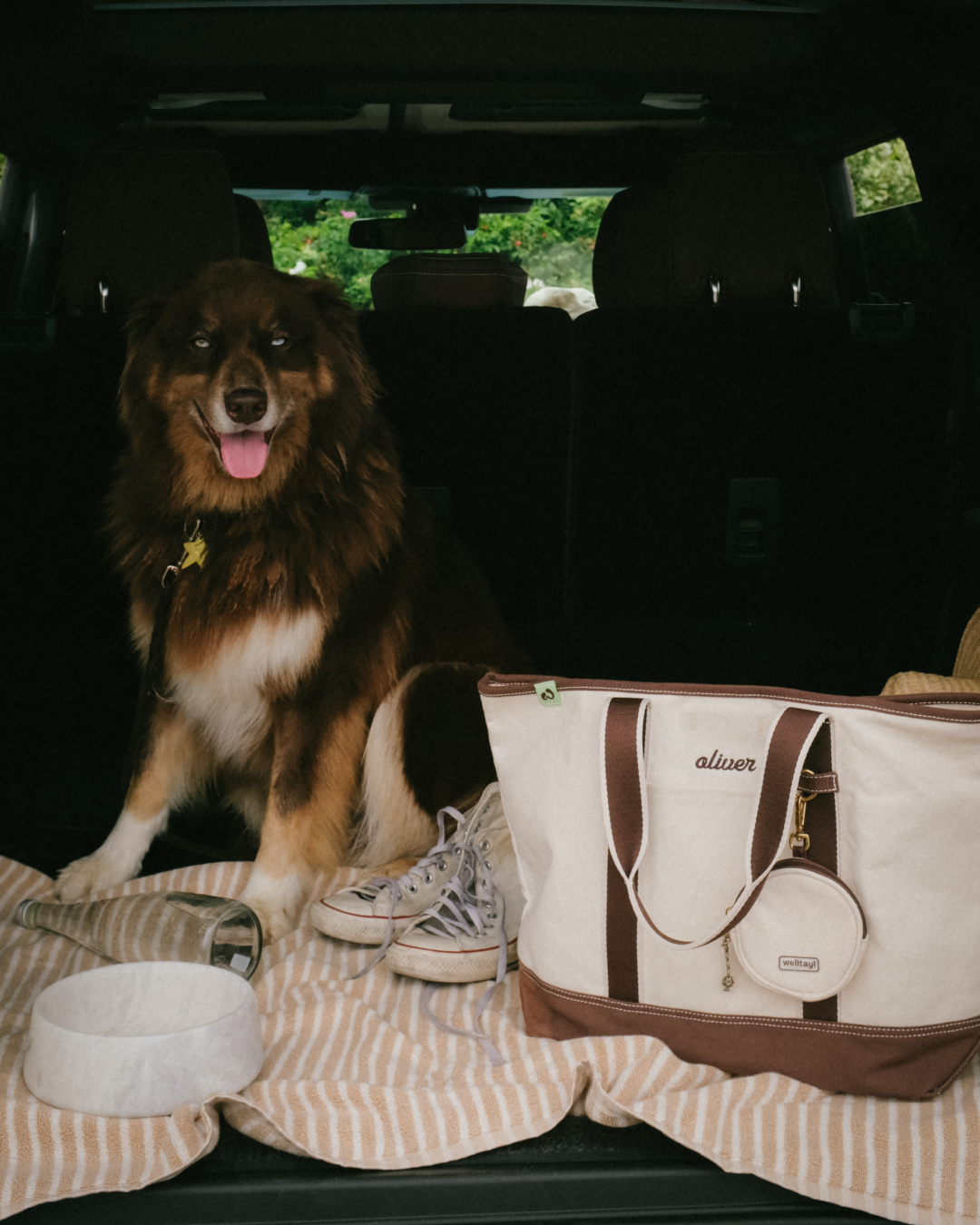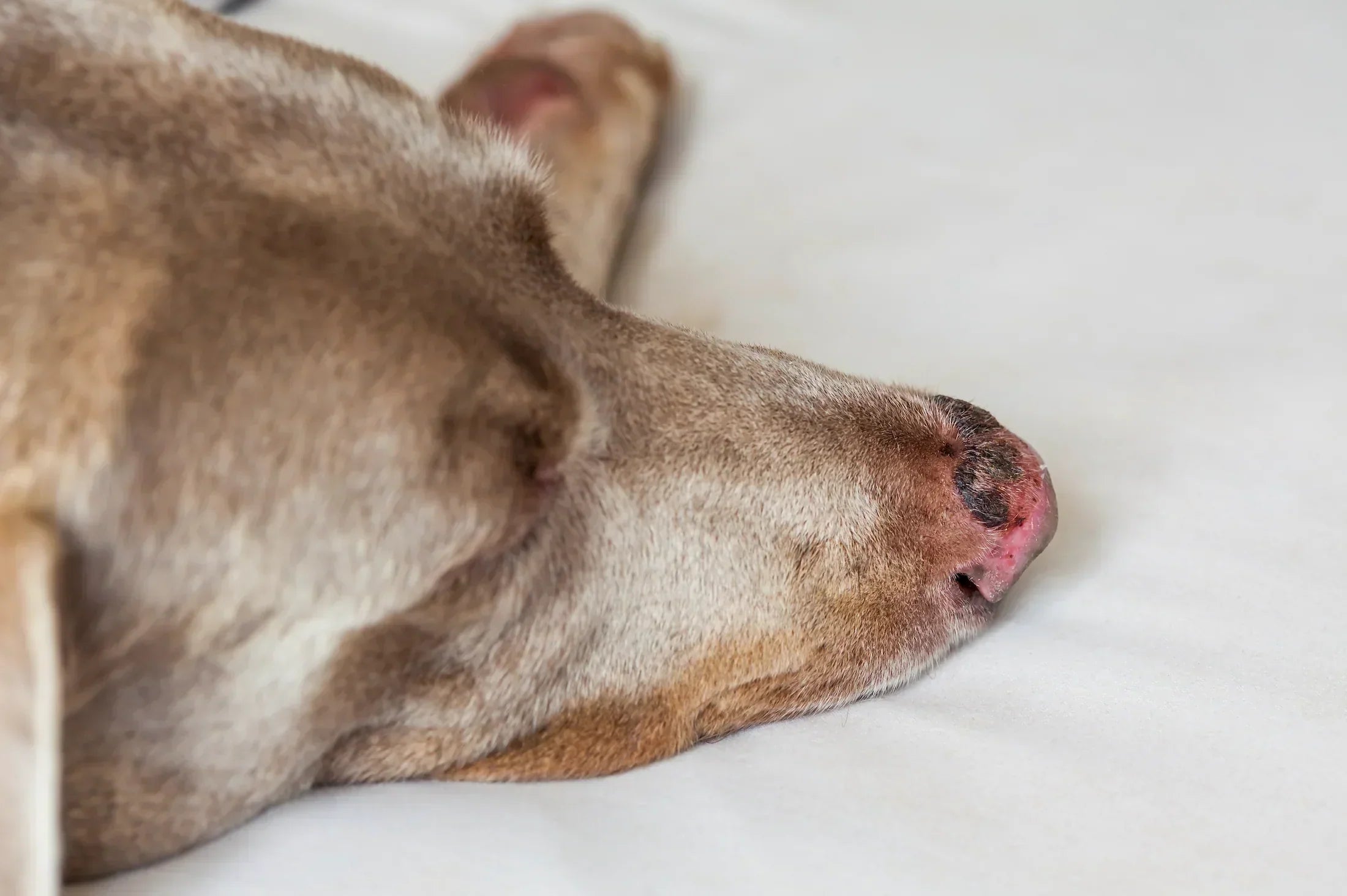As you slather on sunscreen for a sunny day out, please remember that your pet needs protection too! Dogs can get sunburned just like us, especially on their noses where the fur is sparse. This might seem like a small issue, but a sunburned nose can be quite uncomfortable for your pup and lead to more serious problems if not taken care of properly.
Let's dive into why your dog's nose is vulnerable to sunburn and what you can do to ensure they stay safe while enjoying the great outdoors with you.
Table of Contents:
- Key Takeaways
- Identifying Sunburn on a Dog's Nose
- High-Risk Dogs for Nose Sunburn
- Using Sunscreen for Dogs for Prevention
- Treating a Sunburned Nose in Dogs
- Conclusion
- Frequently Asked Questions
Key Takeaways
- 🐩 Susceptibility to Sunburn: Dogs, particularly those with lighter skin or thin fur, are prone to sunburn on their noses, making protective measures essential.
- 🥵 Signs of Sunburn: Key signs include redness, dry/flaky skin, cracks, and discomfort. Be sure to check your dog over for these signs after outdoor play for early detection and treatment.
- ☀️ High-Risk Breeds and Factors: Certain breeds, like Dogo Argentino, have a higher likelihood of sunburn. Dogs who spend more time outside in the sun have an increased risk of nose sunburn.
- 🧴 Prevention Using Sunscreen: Using dog-specific sunscreen can prevent sunburn. Make sure it's free of zinc oxide and PABA, and reapply after swimming.
- ⛱️ Treatment Methods: If sunburn occurs, apply a soothing balm immediately, provide shade, and monitor for signs of infection. Consult a vet for severe burns.
Identifying Sunburn on a Dog's Nose
Understanding how to spot sunburn on your dog’s nose is crucial for maintaining their health during those sunny days. Recognizing the signs early can help you take action to alleviate your pet's discomfort.
Visual Signs of Sunburn on a Dog's Nose
Sunburn on a dog’s nose can manifest with a few different, but noticeable signs. Among these are:
- Red or Pink Discoloration: If your dog's nose appears more red or pink than usual, it could be due to sunburn. This change can resemble the sunburn humans get.
- Dry, Flaky or Cracked Skin: Check if the skin on the nose looks unusually dry or has flakes. Sunburn often dries out the skin, causing it to flake or crust. Sometimes as a result of excessive dryness the skin can crack as well..
- Soreness to the Touch: If touching the nose seems to cause your dog discomfort or if they shy away from contact, it could be sore due to sunburn.
Spotting these signs early could be crucial to preventing further discomfort or potential complications for your dog.

High-Risk Dogs for Nose Sunburn
On a bright, sunny day, some dogs are more at risk of getting sunburned noses. Knowing which breeds are most susceptible and the environmental factors that contribute to sunburn can help you protect your furry friends effectively.
Breeds Most Susceptible to Nose Sunburn
Dogs with lighter skin pigmentation are generally more vulnerable to sunburn on their noses. Examples of such breeds include:
- Dogo Argentino: Their white coats and minimal pigmentation make them prone to sunburn.
- White Bulldog: Similar to the Dogo Argentino, their light skin makes them susceptible to sun damage.
- White Boxer: Their short, thin coat does not offer much sun shielding.
- Dalmatian: Despite their spots, their white fur areas can receive sun damage.
- Beagle: Their lighter areas can easily burn if exposed to the sun for too long.
- Whippet: This breed often has thin hair, exposing more skin to harmful UV rays.
Breeds like the Chinese Crested, especially the hairless variety, face higher risks because they lack protective fur. Any dog, regardless of breed, with thin hair or exposed skin, either from shaving or medical conditions, also falls into a high-risk category for nose sunburn.
Environmental Factors Contributing to Sunburn
Exposure to UV rays during peak sunlight hours, typically from 10 AM to 4 PM can drastically increase the risk of your dog getting a sunburn. During the high heat months of summer, it may seem like a good idea to shave your dog to help cool them off, but this can lead to even more sun exposure. Direct sunlight exposure is the primary contributor to sunburn in dogs, leading to painful burns and even skin cancer.
If your dog is light or thin coated or they spend a lot of time outdoors, protective measures, such as sunscreen formulated for dogs, wearing protective clothing, and providing plenty of shaded areas, are essential to keep them safe.
Don't forget to join the Welltayl newsletter to stay updated on more essential tips and information for maintaining your pet's health and happiness. This way, you'll always know how to keep your four-legged family members safe and sound, not just from the sun, but in all aspects of their care.
Using Sunscreen for Dogs for Prevention
Applying dog-specific sunscreen is a vital step in preventing sunburn on your dog's nose. Choose sunscreens that are specifically formulated for canines. These products are safe for use on their sensitive areas such as the nose, ears, belly, and groin. Human sunscreens contain ingredients like zinc oxide or para-aminobenzoic acid, which can be toxic to dogs if ingested. Instead, select a sunscreen that's free of these substances to ensure your dog's safety.
Apply it liberally and frequently, especially if your dog is outdoors for extended periods. Reapplication is crucial, particularly after your dog swims or if it licks off any of the sunscreen.
Incorporating the use of sunscreen into your routine before outdoor activities can significantly reduce the risk of sunburn. By limiting the harmful effects of UV rays, you prevent discomfort for your dog and reduce the risk of more severe conditions like skin cancer.
Treating a Sunburned Nose in Dogs
When your dog's nose gets sunburned, it's crucial to act swiftly to soothe their discomfort and prevent further damage. Here’s what you can do immediately and when it's essential to consult a vet.
Immediate Steps to Take
- Apply a Soothing Balm: As soon as you notice signs of sunburn, apply a soothing balm or skin barrier stick. This product moisturizes the skin, which can help restore your dog’s comfort.
- Provide Shade: Make sure your dog can access a shady spot to prevent additional exposure to harmful UV rays.
- Monitor for Signs of Infection: Keep an eye on the affected area for any worsening symptoms, such as increased redness, swelling, or the presence of pus. These are indicators of potential infection, which necessitates veterinary involvement.
When to See a Vet
Severe Burns: If your dog's nose shows severe symptoms, including dark red or purple skin, oozing pus, or experiences a decrease in appetite or water intake, immediately seek veterinary care. These signs indicate a serious condition that requires professional intervention.
Conclusion
Protecting your dog from sunburn is not just about comfort; it's about health. By taking proactive steps such as using dog-specific sunscreen and providing ample shade, you can safeguard your furry friend from harmful UV rays. Remember to apply sunscreen to their most sensitive areas and always watch for any signs of discomfort or unusual skin changes. With these measures, you'll ensure your pet enjoys the sunny days as much as you do, all while staying safe and healthy.
Stay Informed with Welltayl’s Newsletter
If you're looking for more tips on pet care, join Welltayl's newsletter! We share useful advice and updates right to your inbox, ensuring you're always prepared to keep your pet happy and healthy. Join us and be part of a community that cares deeply about pets’ well-being.
Frequently Asked Questions
What dogs are most at risk for nose sunburn?
Dogs with lighter pigmentation, thin fur, or exposed skin are more susceptible to nose sunburn. Breeds that typically have these characteristics should have extra precautions taken to protect them from harmful UV rays.
How can I protect my dog from sunburn?
To protect your dog from sunburn, apply dog-specific sunscreen on sensitive areas like the nose, ears, belly, and groin. Look for shaded areas and avoid taking your dog out during peak sunlight hours, if possible. Always test the sunscreen on a small area first to check for allergies.
What should I do if my dog's nose gets sunburned?
If your dog’s nose gets sunburned, immediately provide shade and apply a soothing balm designed for dogs. Monitor the sunburn for signs of worsening, such as increased redness, pain or signs of infection. Consult your veterinarian if symptoms are severe or do not improve.
How often should I reapply sunscreen to my dog?
Reapply dog-specific sunscreen every 4-6 hours during exposure to sunlight, especially when spending extended periods outside. It’s also important to reapply after your dog has been swimming or if the sunscreen seems to have been rubbed off from activity.
Resources:
Read more
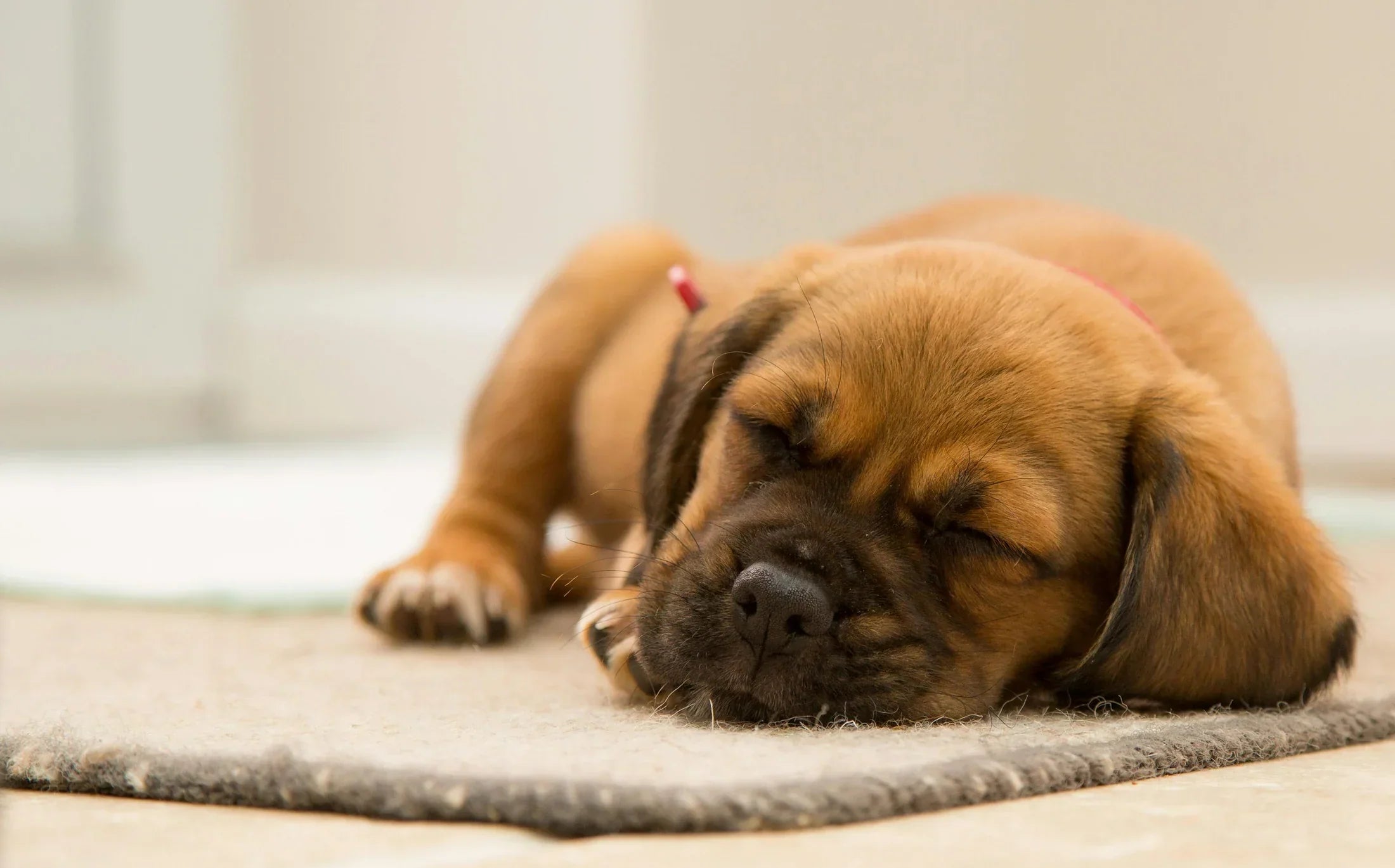
How much sleep does your dog need? Learn tips to improve his sleep quality. Keep your dog healthy by understanding his sleep patterns. Read more now!
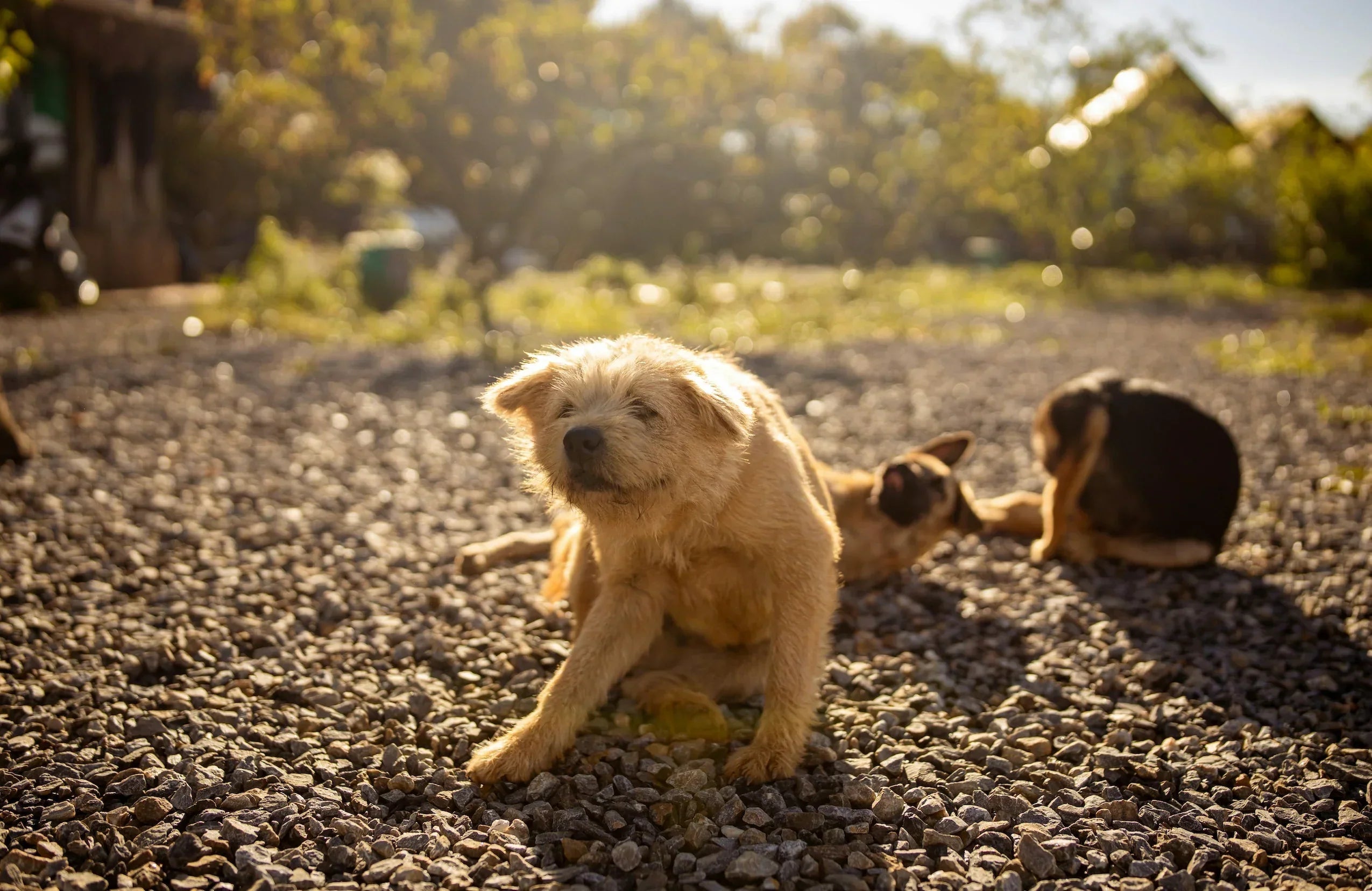
Dog skin allergies are a common issue that many pups suffer from. Learn the signs, causes, and the best ways to treat these allergies effectively.

